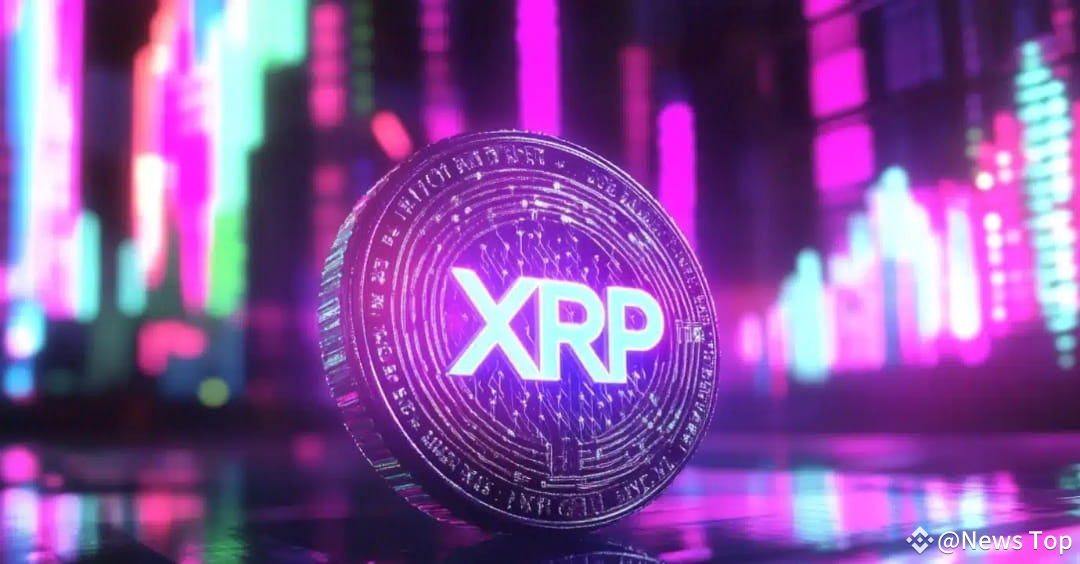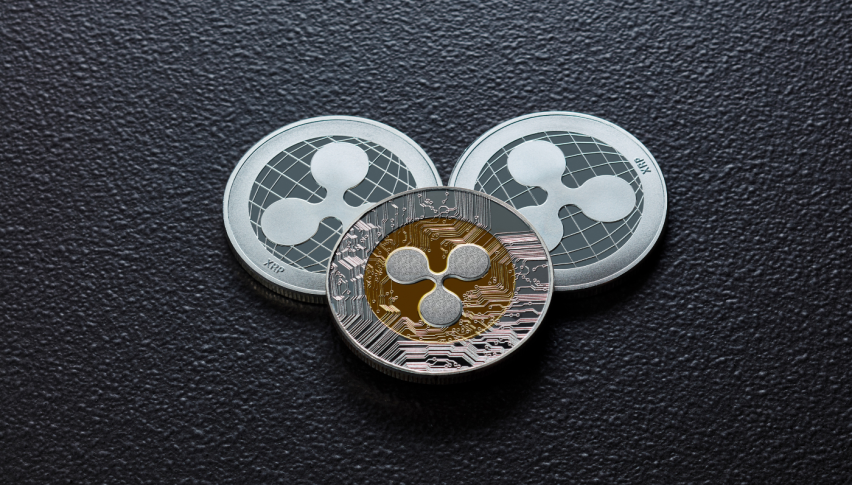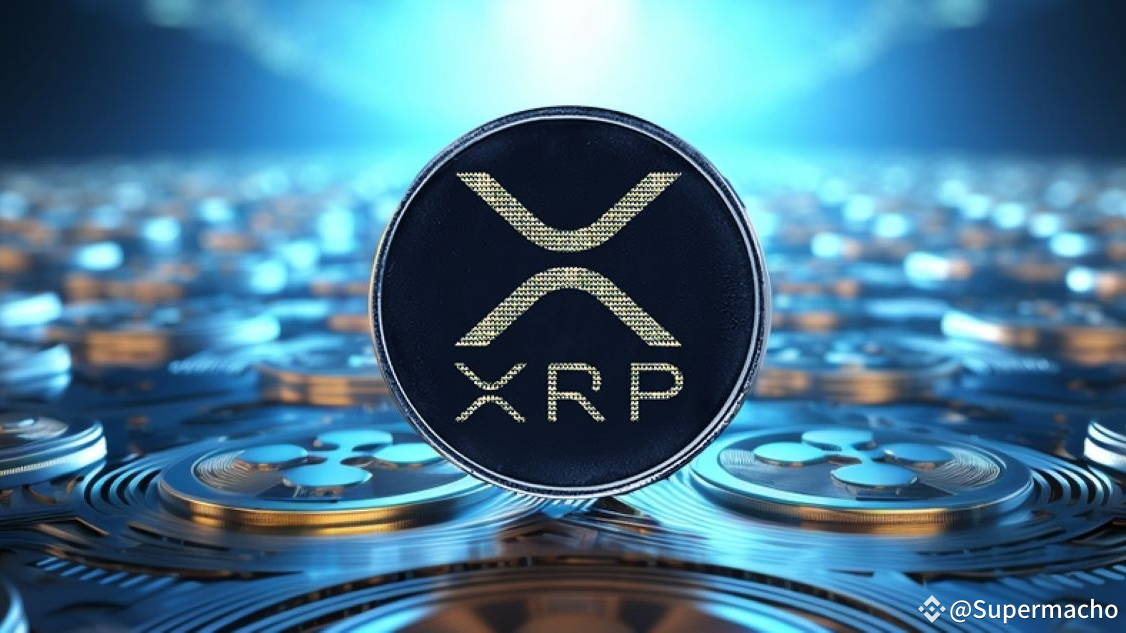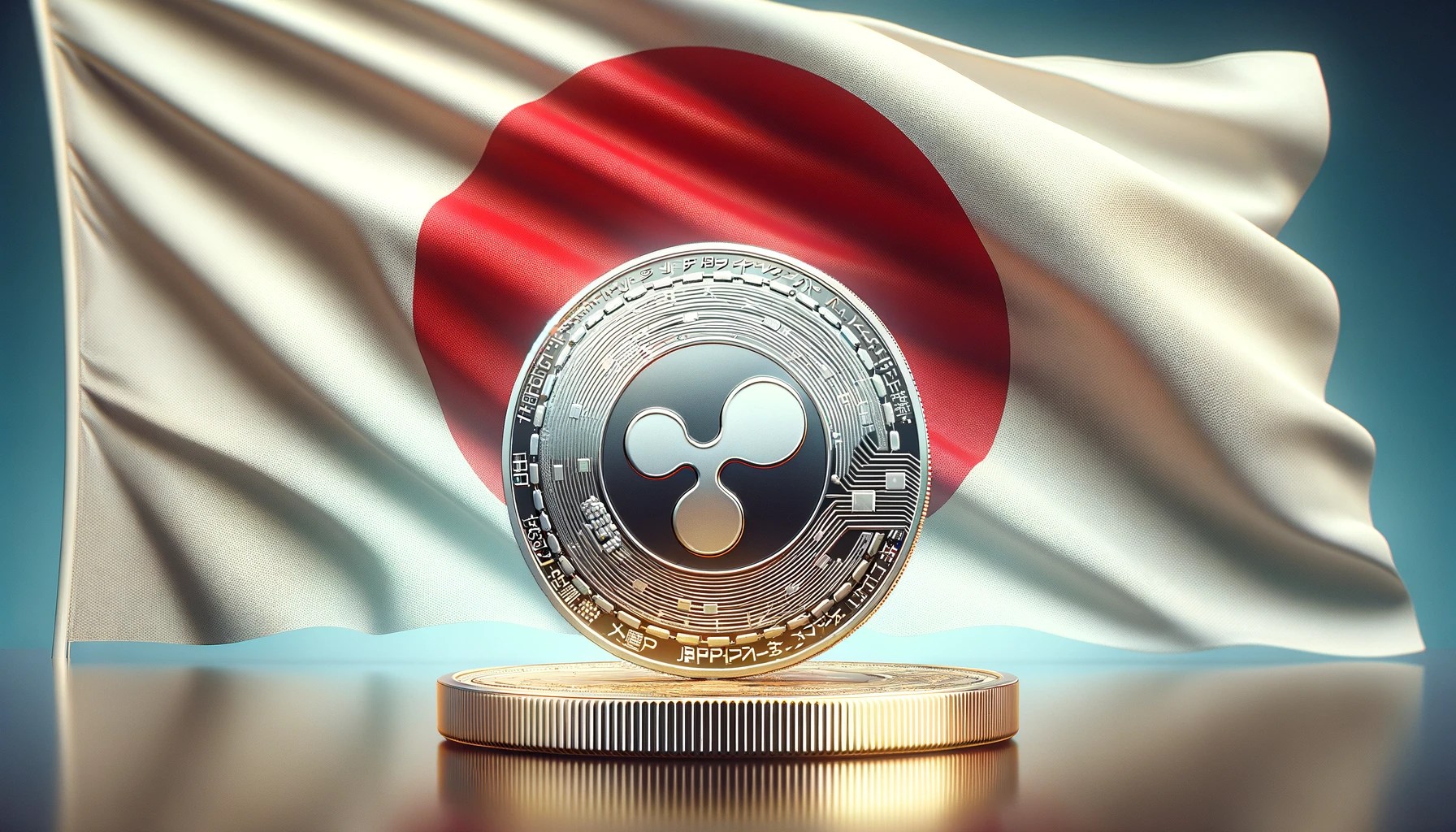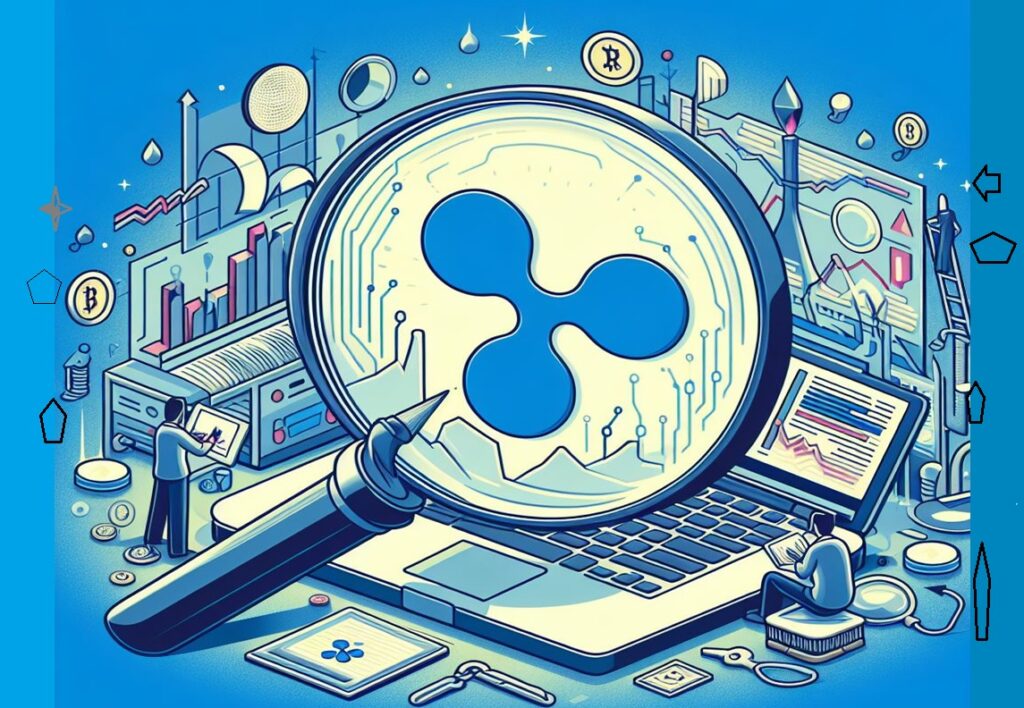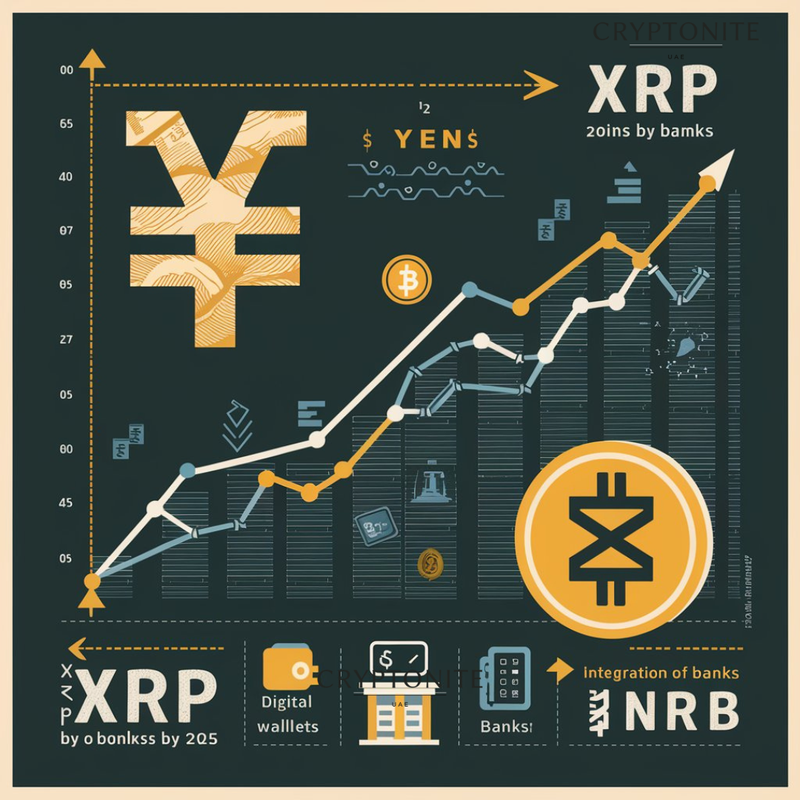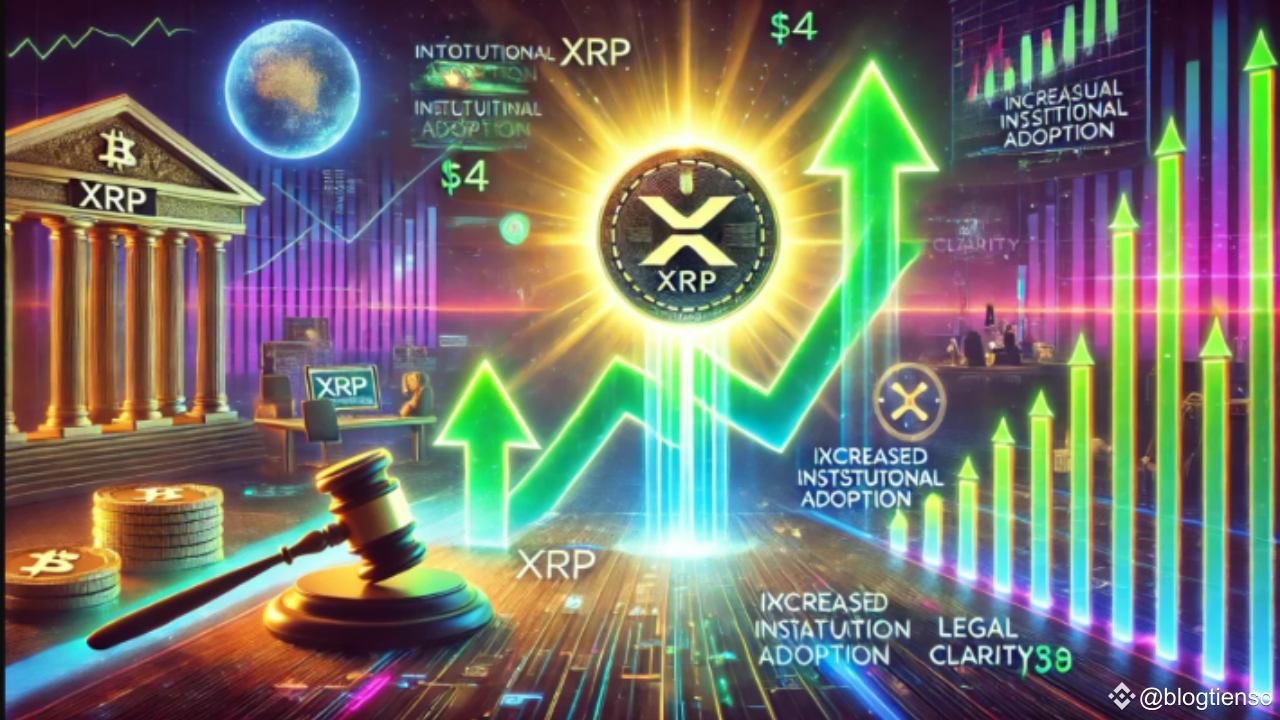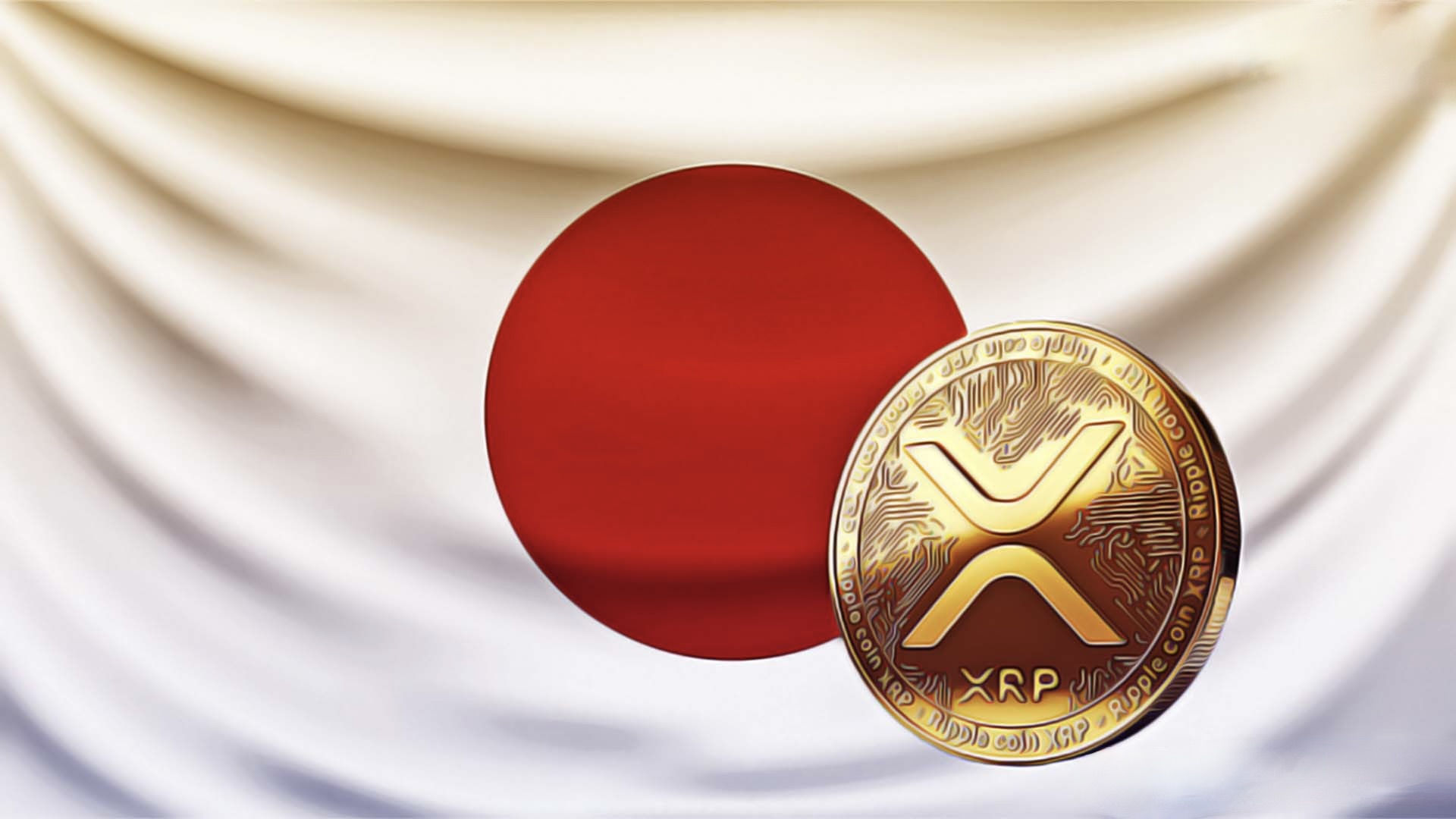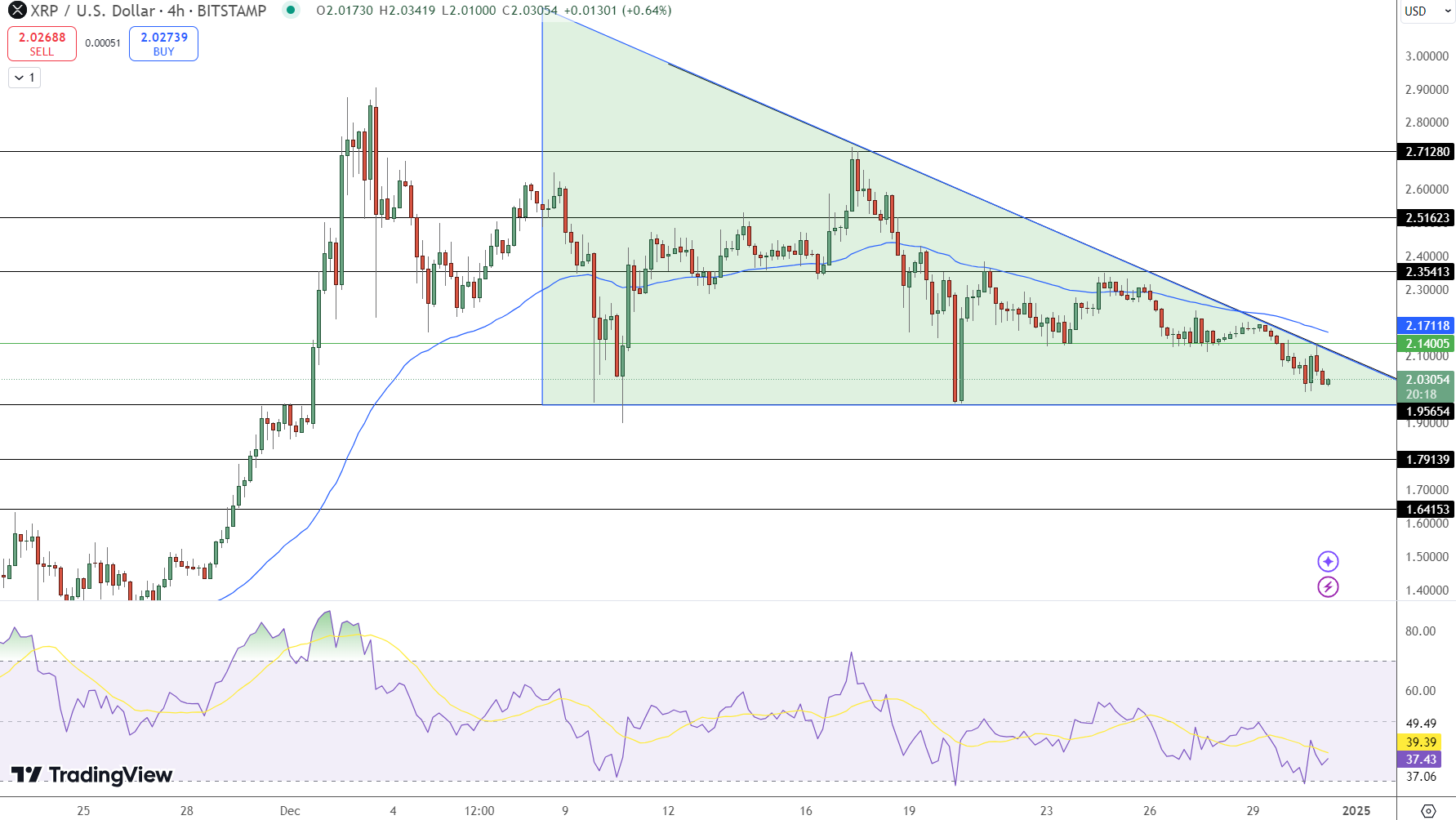Japan Banks Are Expected To Adopt Xrp By 2025.

Imagine stepping into a bustling Tokyo coffee shop, the aroma of freshly brewed coffee mingling with the quiet murmur of conversations. Sunlight streams through the large windows, illuminating faces illuminated by the glow of laptops. The topic of discussion? Not stocks, not real estate, but XRP, the digital asset poised to reshape Japan's financial landscape.
Japanese banks are anticipated to integrate XRP into their systems by 2025, a move that promises to revolutionize cross-border payments and domestic financial transactions. This adoption could significantly impact the efficiency and cost-effectiveness of money transfers, potentially benefiting both businesses and individuals.
The Ripple Effect: Understanding XRP and Its Potential in Japan
XRP is a digital asset created by Ripple Labs, designed to facilitate faster and cheaper global payments. Unlike cryptocurrencies like Bitcoin, which operate on decentralized networks, XRP Ledger uses a consensus protocol that is more energy-efficient and faster. Ripple partners with financial institutions to leverage XRP for cross-border transactions, offering a competitive alternative to traditional methods like SWIFT.
Japan's interest in XRP stems from its need for more efficient international payment solutions. The country's aging population and increasing reliance on international trade necessitate streamlined financial processes. Current cross-border payment systems are often slow, expensive, and lack transparency.
A History of Fintech Innovation in Japan
Japan has a long history of embracing technological innovation, particularly in the financial sector. From the early adoption of ATMs to the rise of mobile payments, the country has consistently sought ways to improve the efficiency and convenience of financial services. This progressive mindset has created a fertile ground for the adoption of blockchain-based technologies like XRP.
Moreover, the Japanese government has been proactive in establishing a regulatory framework that supports the development of the digital asset industry. The Payment Services Act, for instance, recognizes virtual currencies as legal methods of payment, providing a clear legal foundation for businesses operating in this space. This clarity is crucial for fostering innovation and attracting investment in the sector.
Furthermore, Japanese culture values efficiency and reliability, characteristics that align well with the capabilities of XRP. The potential for faster and more transparent transactions resonates with the Japanese emphasis on precision and trustworthiness.
The Path to Adoption: Partnerships and Pilot Programs
Several Japanese financial institutions have already begun exploring the potential of XRP through pilot programs and partnerships. SBI Remit, for example, has been a long-time advocate for XRP and has utilized Ripple's technology to facilitate international money transfers. These early adopters have demonstrated the viability of XRP as a payment solution and paved the way for wider adoption.
Ripple has also established a strong presence in Japan through its partnership with SBI Holdings. This collaboration, known as SBI Ripple Asia, focuses on promoting the adoption of Ripple's technologies across the region. Through joint ventures and strategic investments, SBI Ripple Asia has played a key role in educating financial institutions about the benefits of XRP and facilitating its integration into their systems.
These partnerships are critical for overcoming the challenges associated with adopting new technologies. By working closely with established financial institutions, Ripple can tailor its solutions to meet the specific needs of the Japanese market and ensure a smooth transition to XRP-based payment systems.
Challenges and Opportunities
While the prospects for XRP adoption in Japan are promising, there are also challenges to overcome. Regulatory uncertainties, technological integration issues, and concerns about cybersecurity are among the factors that could hinder widespread adoption. Addressing these challenges will require collaboration between regulators, financial institutions, and technology providers.
One significant challenge is ensuring compliance with anti-money laundering (AML) and know-your-customer (KYC) regulations. As a digital asset, XRP must be subject to the same stringent compliance standards as traditional financial instruments. This requires developing robust monitoring systems and implementing effective risk management practices.
Despite these challenges, the opportunities presented by XRP adoption are significant. By streamlining cross-border payments, XRP can reduce transaction costs, increase efficiency, and improve transparency. This can benefit businesses of all sizes, from small exporters to multinational corporations.
Impact on the Japanese Economy and Beyond
The widespread adoption of XRP in Japan could have a far-reaching impact on the country's economy. By reducing the cost of international payments, XRP can make Japanese businesses more competitive in the global market. This can lead to increased exports, job creation, and economic growth.
Moreover, XRP can improve financial inclusion by providing access to affordable payment services for underserved populations. This is particularly important in a country like Japan, where the aging population and declining workforce necessitate innovative solutions to promote economic participation.
The impact of XRP adoption could extend beyond Japan's borders. As one of the world's leading economies, Japan's embrace of XRP could serve as a model for other countries seeking to modernize their financial systems. This could lead to a global shift towards more efficient and accessible cross-border payment solutions.
A Glimpse into the Future
Looking ahead, the future of XRP in Japan appears bright. With increasing regulatory clarity, growing partnerships, and a strong commitment to innovation, the country is well-positioned to become a leader in the adoption of digital asset technology. As more financial institutions integrate XRP into their systems, we can expect to see a significant transformation in the way money is transferred both within Japan and around the world.
The anticipated integration of XRP by 2025 marks a pivotal moment in Japan's financial evolution. It's a bold step towards a more efficient, transparent, and interconnected global financial system. Only time will tell the full extent of its impact, but the stage is set for a significant ripple effect across the Japanese economy and beyond.
The quiet murmur in that Tokyo coffee shop might soon become a chorus, celebrating a new era of financial innovation, powered by the potential of XRP.

